Home>Articles>How Much Blown-In Insulation Does An Attic Need
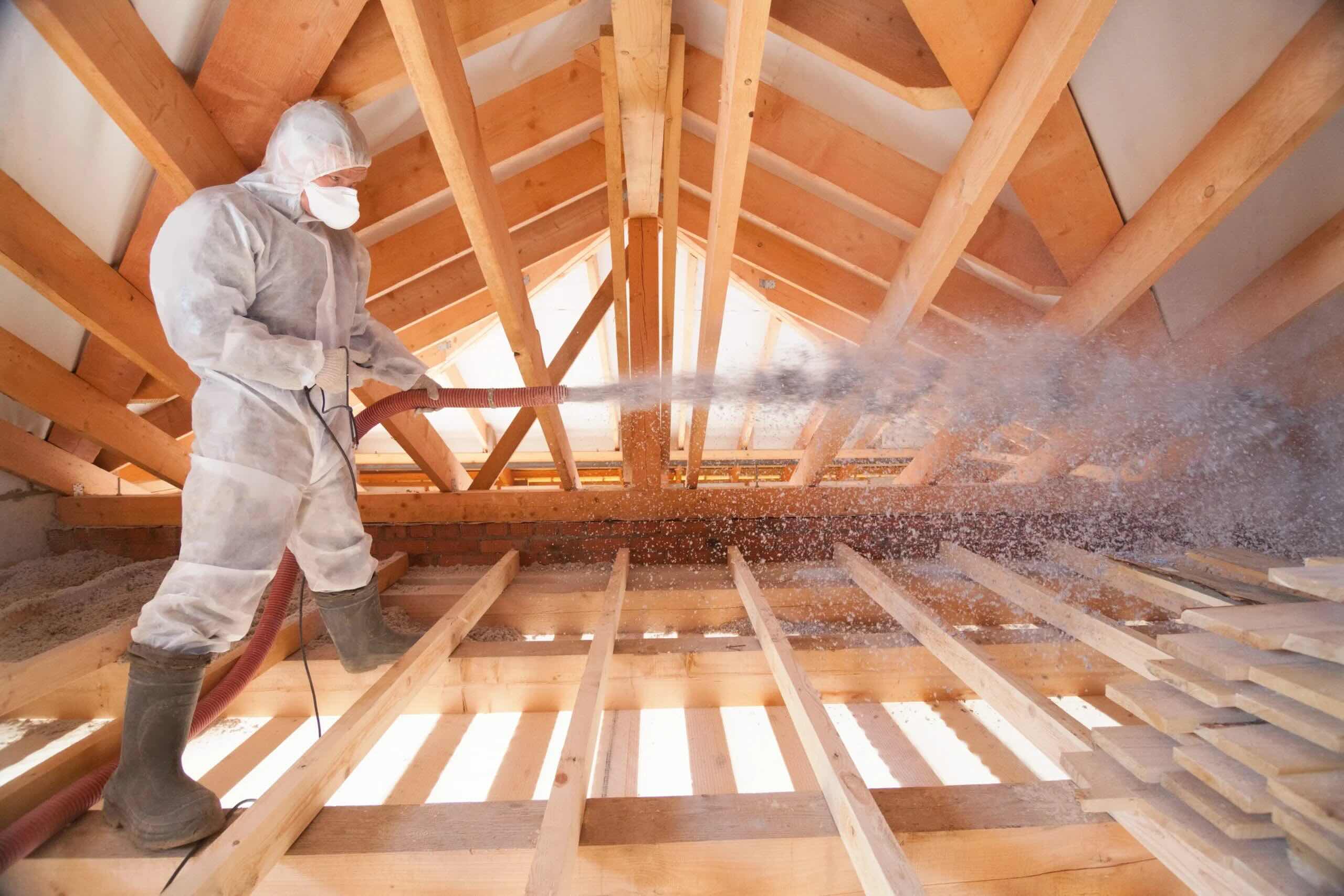

Articles
How Much Blown-In Insulation Does An Attic Need
Modified: October 22, 2024
Get expert tips on calculating the amount of blown-in insulation needed for your attic in our informative articles. Ensure energy efficiency and comfort with proper insulation.
(Many of the links in this article redirect to a specific reviewed product. Your purchase of these products through affiliate links helps to generate commission for Storables.com, at no extra cost. Learn more)
Introduction
In today’s world, energy efficiency and sustainable practices are gaining increasing importance. One area where homeowners can make a significant impact is through proper insulation in their homes. Insulation helps to regulate the temperature inside a house, reducing the reliance on heating and cooling systems and ultimately saving energy and money.
When it comes to insulation, one crucial area to consider is the attic. The attic is often overlooked, but it plays a significant role in the overall energy efficiency of a home. One popular type of attic insulation is blown-in insulation. This insulation method involves blowing loose-fill insulation material into the attic, providing excellent coverage and reducing energy loss.
If you are considering blown-in insulation for your attic, it is essential to understand how much insulation you need. Determining the right amount of insulation is crucial for optimal performance and cost-effectiveness. In this article, we will explore the factors to consider, how to determine the amount of blown-in insulation needed, the recommended R-value, the installation process, and the benefits of adequate attic insulation.
By the end of this article, you will have a clear understanding of blown-in insulation and the necessary steps to ensure proper insulation coverage in your attic.
Key Takeaways:
- Proper attic insulation, especially with blown-in insulation, is essential for energy efficiency and comfort. Understanding factors like climate, R-value, and installation process is crucial for optimal insulation coverage.
- Blown-in insulation offers advantages like filling irregular spaces, soundproofing, and environmental friendliness. It provides energy savings, comfort, noise reduction, and potential cost savings, contributing to a sustainable living environment and increased home value.
Understanding Blown-In Insulation
Blown-in insulation, also known as loose-fill insulation, is a type of insulation material that is applied by blowing or spraying it into cavities or open spaces. It is commonly used in attics, walls, and other areas where traditional insulation methods, such as batts or rolls, may be challenging to install.
Blown-in insulation is typically made from materials such as fiberglass, cellulose, or mineral wool. These materials are lightweight and have good insulating properties, helping to reduce heat transfer and improve energy efficiency in a home.
One of the significant advantages of blown-in insulation is its ability to fill irregularly shaped or hard-to-reach areas. The loose-fill material conforms to the space, ensuring complete coverage and eliminating any gaps or voids that could compromise the insulation’s effectiveness.
Another advantage of blown-in insulation is its resistance to settling. Over time, some types of insulation materials can compress or settle, reducing their insulating properties. Blown-in insulation, however, maintains its thickness and effectiveness over the long term, providing reliable and consistent insulation performance.
Blown-in insulation is also known for its excellent soundproofing capabilities. The dense, fibrous material helps to absorb sound waves, reducing noise transmission between rooms and minimizing outdoor noises.
Furthermore, blown-in insulation is environmentally friendly. Many of the materials used, such as cellulose, are made from recycled content. This not only reduces the demand for new resources but also helps to divert waste from landfills.
Overall, blown-in insulation is a cost-effective and efficient solution for insulating attics and other areas of a home. Its ability to fill gaps, resist settling, provide soundproofing, and be environmentally friendly makes it an excellent choice for homeowners looking to improve their energy efficiency and comfort.
Factors to Consider for Attic Insulation
Before determining the amount of blown-in insulation needed for your attic, there are several factors to consider. These factors will help ensure that your attic insulation provides the maximum energy efficiency and comfort for your home.
1. Climate: The climate in which you reside plays a significant role in determining the required insulation level for your attic. Colder climates typically require higher insulation values to prevent heat loss, while warmer climates may focus more on reducing heat gain.
2. R-Value: The R-value is a measure of insulation’s thermal resistance. It indicates the material’s ability to resist heat transfer. The higher the R-value, the better the insulation performance. Different regions have recommended R-values for attics based on climate. Consult local building codes or energy efficiency guidelines to determine the appropriate R-value for your attic insulation.
3. Existing Insulation: Assess the current state of your attic insulation. If there is already insulation in place, determine its condition and effectiveness. Adding blown-in insulation on top of existing insulation can enhance its performance and provide additional coverage.
4. Accessibility: Evaluate the accessibility of your attic. Consider factors such as the size and layout of your attic, the presence of obstacles or obstructions, and the ease of maneuvering during the insulation installation process. These factors may affect the method of installation, the type of equipment required, and the level of expertise needed.
5. Ventilation: Proper attic ventilation is crucial for moisture control and ensuring the longevity of your insulation. Assess the existing ventilation system in your attic and make necessary improvements or repairs before installing blown-in insulation. Adequate ventilation helps to prevent moisture buildup, mold growth, and potential damage to the insulation.
6. Energy Efficiency Goals: Consider your energy efficiency goals and objectives. Are you looking to achieve significant energy savings? Do you prioritize comfort and temperature regulation? Understanding your goals will help you determine the appropriate insulation thickness and R-value for your attic.
It is recommended to consult with a professional insulation contractor or energy auditor to assess these factors and provide expert advice on the ideal insulation solution for your attic. They can evaluate your home’s specific needs and recommend the most suitable blown-in insulation material and thickness based on your climate, existing insulation, and energy efficiency goals.
By considering these factors, you can ensure that your blown-in insulation provides optimal performance, energy efficiency, and comfort in your attic.
Determining the Amount of Blown-In Insulation Needed
When it comes to installing blown-in insulation in your attic, determining the right amount of insulation is crucial. Having the correct amount of insulation will ensure optimal energy efficiency and help you avoid unnecessary expenses.
Here’s how you can determine the amount of blown-in insulation needed for your attic:
1. Calculate the Total Area: Start by measuring the length and width of your attic to determine the total area in square feet. Multiply these two measurements together to get the total square footage.
2. Determine the Desired R-Value: Research the recommended R-value for your region, depending on your climate and energy efficiency goals. The R-value is a measure of thermal resistance, and higher values indicate better insulation performance. The recommended R-value will guide you in determining the thickness and effectiveness of the insulation.
3. Check the Existing Insulation Level: Assess the existing insulation level in your attic. Measure the thickness or depth of the current insulation. If there is no existing insulation, this step can be skipped. Knowing the existing insulation level will help determine how much additional insulation you need to achieve the desired R-value.
4. Consult Insulation Manufacturer Charts: Insulation manufacturers often provide charts or tables that indicate the recommended thickness or number of bags needed per square foot for a specific R-value. Refer to these charts to determine the amount of blown-in insulation required based on the total area of your attic and the desired R-value.
5. Consider Obstacles and Gaps: Take into account any obstacles or gaps in your attic that may affect the installation of blown-in insulation. These can include HVAC equipment, electrical wiring, or recessed lighting. Adjust the insulation calculations to accommodate these obstacles and ensure proper coverage.
6. Factor in Compression and Settling: Keep in mind that blown-in insulation may compress slightly over time. To account for any potential compression or settling, it is advisable to install slightly more insulation than the chart or calculation suggests. This additional insulation will compensate for any future settling and help maintain the desired R-value.
By following these steps and considering the unique characteristics of your attic, you can determine the right amount of blown-in insulation needed for optimal energy efficiency. If you are unsure or want assistance in the calculation and installation process, consult with a professional insulation contractor who can provide expert guidance and ensure the insulation is done correctly.
Recommended R-Value for Attic Insulation
The recommended R-value for attic insulation varies depending on several factors, including climate, location, and energy efficiency goals. The R-value is a measure of the insulation material’s resistance to heat transfer. The higher the R-value, the better the insulation’s thermal performance.
Here are some general guidelines for the recommended R-value range for attic insulation:
- In colder climates, such as Northern regions, the recommended R-value for attic insulation typically ranges from R-49 to R-60. These higher R-values provide better insulation against cold temperatures and help prevent heat loss.
- In moderate climates, such as the Midwestern regions, the recommended R-value for attic insulation usually ranges from R-38 to R-49. These R-values offer a good balance of insulating effectiveness for both colder winters and warmer summers.
- In warmer climates, such as Southern regions, the recommended R-value for attic insulation typically ranges from R-30 to R-38. These lower R-values help prevent heat gain and maintain a comfortable indoor temperature during hot summers.
It’s important to note that these ranges are general recommendations and may vary depending on specific local building codes and energy efficiency guidelines. It’s always a good idea to consult with a professional insulation contractor or refer to your local building authority for the exact recommended R-value for attic insulation in your area.
When determining the appropriate R-value for your attic insulation, consider factors such as your climate, energy efficiency goals, and existing insulation level. If you have little to no insulation in your attic, you may want to aim for a higher R-value to maximize energy savings and comfort. If you already have some insulation in place, you can supplement it with additional blown-in insulation to achieve the desired R-value.
Properly insulating your attic to the recommended R-value can have several benefits. It helps to reduce heat loss or gain, lowers energy consumption, enhances indoor comfort, minimizes temperature fluctuations, and reduces heating and cooling costs. Adequate insulation also contributes to a more sustainable and environmentally friendly home by reducing carbon emissions associated with energy consumption.
Remember, insulation requirements and best practices can vary, so it’s always recommended to consult with experts and follow local regulations to ensure your attic insulation meets or exceeds the recommended R-value for optimal energy efficiency.
The amount of blown-in insulation needed in an attic can vary based on factors such as the desired R-value, the size of the attic, and the type of insulation being used. It’s best to consult with a professional to determine the specific amount needed for your attic.
Read more: How To Remove Blown-in Insulation In Attic
Process of Installing Blown-In Insulation in the Attic
Installing blown-in insulation in the attic is a relatively straightforward process that can significantly improve the energy efficiency and comfort of your home. Here is an overview of the steps involved in the installation process:
1. Preparation: Start by preparing the attic space. Clear any debris or obstructions that may hinder the insulation installation process. Ensure that the attic is properly ventilated and that any necessary repairs, such as fixing leaks or sealing gaps, are done beforehand.
2. Safety Precautions: Put on the appropriate safety gear, including safety goggles, gloves, and a dust mask, to protect yourself during the insulation installation. Ensure the attic is well-lit and consider using a dust barrier or drop cloth to prevent insulation material from spreading to other areas of the house.
3. Marking the Joists: Use a measuring tape to mark the joist locations on the attic floor. This will serve as a guide to ensure even insulation coverage and prevent insulation from blocking soffit vents, which are vital for proper attic ventilation.
4. Load the Insulation: Load the blown-in insulation material into the blowing machine. Follow the manufacturer’s guidelines on proper handling and equipment setup. It is essential to use the correct type and amount of insulation material for your specific needs.
Validation
Tips for Ensuring Proper Insulation Coverage in the Attic
Proper insulation coverage in the attic is key to maximizing energy efficiency and ensuring a comfortable living environment. Here are some valuable tips to help you achieve proper insulation coverage:
1. Hire a Professional: While it is possible to install blown-in insulation in the attic as a DIY project, hiring a professional insulation contractor is highly recommended. They have the expertise and knowledge to ensure proper insulation coverage and can handle any challenges or intricacies that may arise during the installation process.
2. Follow Manufacturer’s Instructions: When installing blown-in insulation, closely follow the manufacturer’s instructions regarding insulation material, equipment setup, and installation techniques. Each insulation material may have specific requirements for achieving optimal coverage and performance.
3. Control the Blowing Machine: Maintain control of the blowing machine to regulate the density and depth of the blown-in insulation. Adjust the settings as needed to achieve the desired insulation thickness while avoiding over-compacting or under-filling specific areas.
4. Insulate Cantilevered Areas: Pay extra attention to insulating cantilevered areas, which are the overhanging sections of the attic floor. These areas are prone to energy loss and can create cold spots or drafts if not properly insulated. Make sure the blown-in insulation extends uniformly over these areas to maintain consistent thermal protection.
5. Insulate Around Obstacles: Take care to insulate around any obstacles in the attic, such as HVAC ducts, electrical wiring, or recessed lighting fixtures. Use insulation baffles or shields to maintain proper clearance around non-insulation-friendly items while still achieving optimal insulation coverage.
6. Ventilation Considerations: Ensure that the blown-in insulation does not block soffit vents or other ventilation pathways in the attic. Proper ventilation is essential for preventing moisture buildup and maintaining a healthy attic environment. Leave space around vents and utilize insulation baffles or chutes to maintain an unobstructed airflow path.
7. Seal Air Leaks: Before installing blown-in insulation, thoroughly seal any air leaks in the attic, including gaps around electrical boxes, light fixtures, and attic access points. Air leaks can compromise the insulation’s effectiveness and lead to energy loss. Use caulk or weatherstripping to seal gaps and ensure a tight seal.
8. Perform a Post-Installation Inspection: Once the blown-in insulation is installed, conduct a post-installation inspection to ensure proper coverage and identify any areas that may need additional insulation. Address these areas promptly to achieve uniform and effective insulation coverage throughout the attic.
By following these tips, you can ensure proper insulation coverage in your attic, maximizing energy efficiency, and creating a more comfortable living environment. Proper insulation coverage will help to maintain consistent temperatures, reduce energy consumption, and lower heating and cooling costs for years to come.
Benefits of Adequate Attic Insulation
Adequate attic insulation plays a crucial role in improving energy efficiency, comfort, and overall home performance. Here are some key benefits of having proper insulation in your attic:
1. Energy Efficiency: One of the primary benefits of adequate attic insulation is improved energy efficiency. Insulation acts as a barrier, preventing the transfer of heat between your living spaces and the outside environment. With proper insulation, your home can maintain a more stable internal temperature, reducing the need for excessive heating or cooling. This can lead to significant energy savings and lower utility bills.
2. Increased Comfort: Proper attic insulation helps maintain a comfortable indoor environment by minimizing temperature fluctuations. It keeps your home cooler in the summer and warmer in the winter, creating a more comfortable living space for you and your family. Additionally, insulation reduces drafts and cold spots, allowing for consistent heating and cooling distribution throughout your home.
3. Noise Reduction: Adequate insulation in the attic helps to dampen external noise, creating a quieter living environment. It can reduce the transmission of sound from outside sources such as traffic, neighbors, or outdoor activities. This is especially beneficial if you live in a noisy area or near busy roads.
4. Environmental Benefits: Proper attic insulation contributes to a more sustainable and environmentally friendly home. By reducing energy consumption, insulation helps to lower greenhouse gas emissions and limit the carbon footprint associated with your household’s energy use. Insulation also reduces the demand for heating and cooling systems, helping to conserve natural resources.
5. Moisture Control: Insulation plays a vital role in preventing moisture issues in the attic. It helps to create a thermal barrier that reduces the risk of condensation and moisture buildup. Adequate insulation, along with proper attic ventilation, minimizes the chances of mold growth, rotting, and other moisture-related problems. This protects the structural integrity of your home and enhances indoor air quality.
6. Increased Home Value: Having proper attic insulation can enhance the value of your home. Energy-efficient homes are highly sought after in the real estate market, and prospective buyers often prioritize homes with well-insulated attics. Investing in insulation now can provide a return on investment in terms of increased home value and market appeal.
Overall, adequate attic insulation provides numerous benefits, including energy savings, increased comfort, noise reduction, environmental sustainability, moisture control, and improved home value. It is a worthwhile investment that enhances the overall quality of your living space and reduces your environmental impact.
Potential Cost Savings with Blown-In Insulation
Blown-in insulation in the attic not only improves energy efficiency and comfort but also offers potential cost savings in the long run. Here are some ways that blown-in insulation can help you save money:
1. Lower Energy Bills: The primary advantage of blown-in insulation is its ability to reduce energy consumption. By effectively insulating your attic, you can minimize heat loss during the winter and prevent heat gain during the summer, reducing the need for constant heating or cooling. This results in lower energy bills as your HVAC system works more efficiently to maintain a comfortable temperature in your home.
2. Reduced Heating and Cooling Loads: Blown-in insulation helps to create a thermal barrier, reducing the heating and cooling loads on your HVAC system. With proper insulation coverage, your HVAC system doesn’t have to work as hard to maintain the desired indoor temperature. This reduces wear and tear on the system, leading to lower maintenance and repair costs over time.
3. Extended Equipment Lifespan: Proper attic insulation can prolong the lifespan of your heating and cooling equipment. When your HVAC system doesn’t have to constantly cycle on and off due to temperature fluctuations, it experiences less wear and tear. This can help you avoid premature equipment failure and the expense of replacing heating or cooling units sooner than necessary.
4. Avoidance of Energy-Related Upgrades: In some cases, inadequate insulation can result in the need for expensive energy-related upgrades. For example, if your home’s insulation is insufficient, you may be required to install a larger HVAC system or upgrade to a more powerful air conditioner to compensate for the loss of conditioned air. By installing blown-in insulation, you can avoid these costly upgrades by optimizing your home’s energy efficiency.
5. Increased Home Value: Adding blown-in insulation to your attic can increase the value of your home. Energy-efficient features, such as proper insulation, are highly desirable to potential buyers. A well-insulated home not only reduces energy bills but also offers long-term savings, making it more appealing on the real estate market.
6. Financial Incentives and Rebates: Many utility companies, government agencies, and energy efficiency organizations offer financial incentives or rebates for upgrading insulation in homes. By installing blown-in insulation, you may be eligible to receive these incentives, further reducing the cost of the insulation installation and increasing your overall cost savings.
When considering the potential cost savings, it is important to note that the actual amount saved will vary depending on factors such as the size of your home, local energy rates, and existing insulation levels. However, it is clear that blown-in insulation can lead to substantial long-term cost savings by reducing energy bills, extending equipment lifespan, avoiding costly upgrades, increasing home value, and taking advantage of financial incentives.
Consult with a professional insulation contractor or energy auditor to assess your home’s insulation needs and determine the potential cost savings you can achieve by installing blown-in insulation in your attic.
Conclusion
In conclusion, proper attic insulation, particularly with blown-in insulation, is a crucial component of an energy-efficient and comfortable home. Understanding the factors involved in attic insulation, such as climate, recommended R-value, and existing insulation levels, is essential for determining the amount of blown-in insulation needed.
Blown-in insulation offers several advantages, including its ability to fill irregular spaces, resist settling, provide soundproofing, and be environmentally friendly. By effectively insulating your attic, you can save on energy costs, increase comfort, and reduce your carbon footprint.
When installing blown-in insulation, it’s important to consult with professionals and follow manufacturer instructions to ensure proper coverage in the attic. Taking steps to seal air leaks, insulate around obstacles, and maintain attic ventilation will help achieve optimal insulation performance.
Adequate attic insulation provides numerous benefits, such as improved energy efficiency, increased comfort, noise reduction, environmental sustainability, and potential cost savings. It contributes to a healthier and more sustainable living environment while increasing the value of your home.
Whether you decide to tackle the blown-in insulation installation as a DIY project or hire a professional insulation contractor, investing in proper attic insulation is a wise decision. Not only will it yield immediate benefits in terms of energy savings and comfort, but it will also have a long-lasting impact on your home’s overall efficiency and value.
So, don’t overlook the importance of attic insulation. Take action today to improve the insulation in your attic and enjoy the numerous benefits it brings to both your home and your wallet.
Frequently Asked Questions about How Much Blown-In Insulation Does An Attic Need
Was this page helpful?
At Storables.com, we guarantee accurate and reliable information. Our content, validated by Expert Board Contributors, is crafted following stringent Editorial Policies. We're committed to providing you with well-researched, expert-backed insights for all your informational needs.
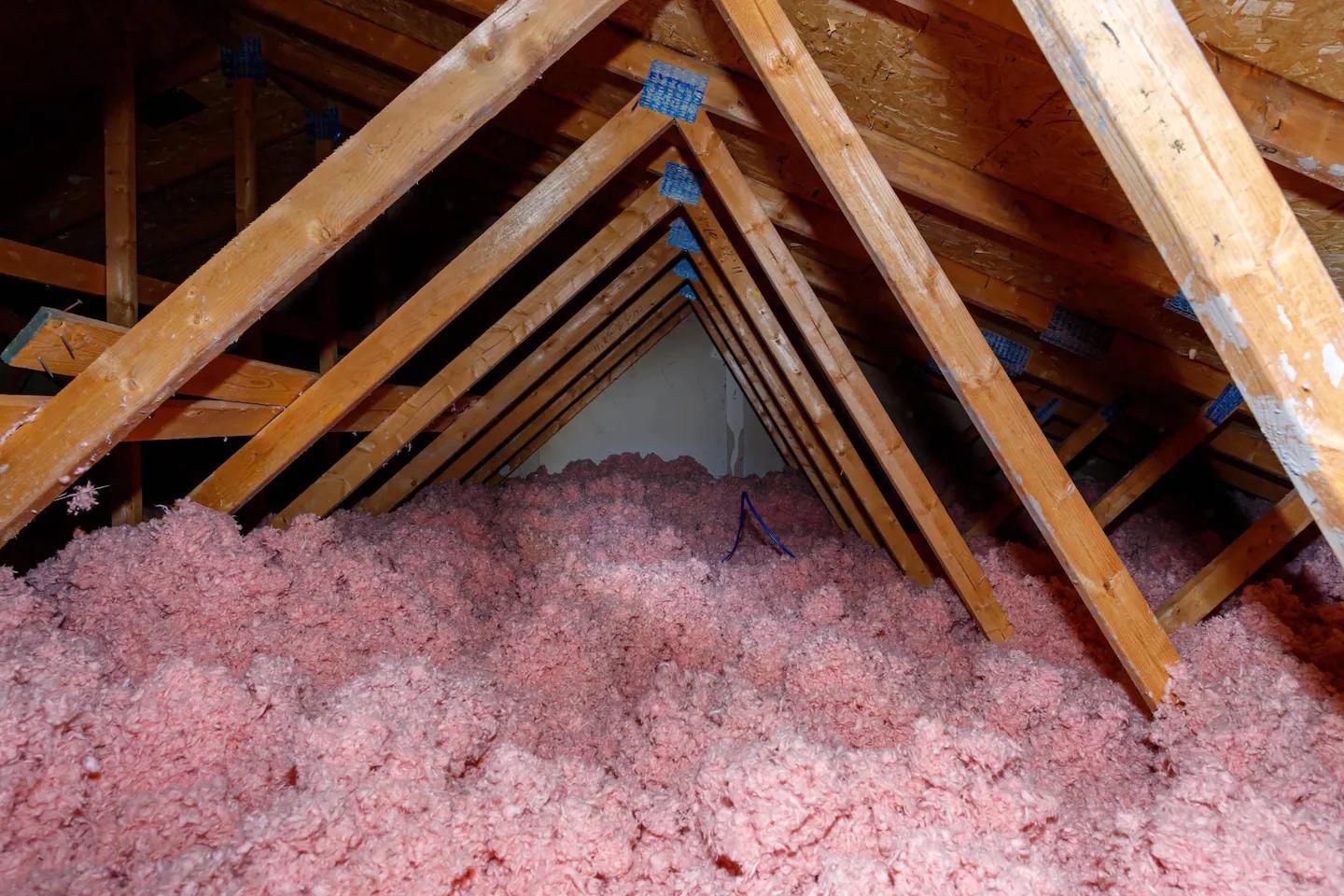
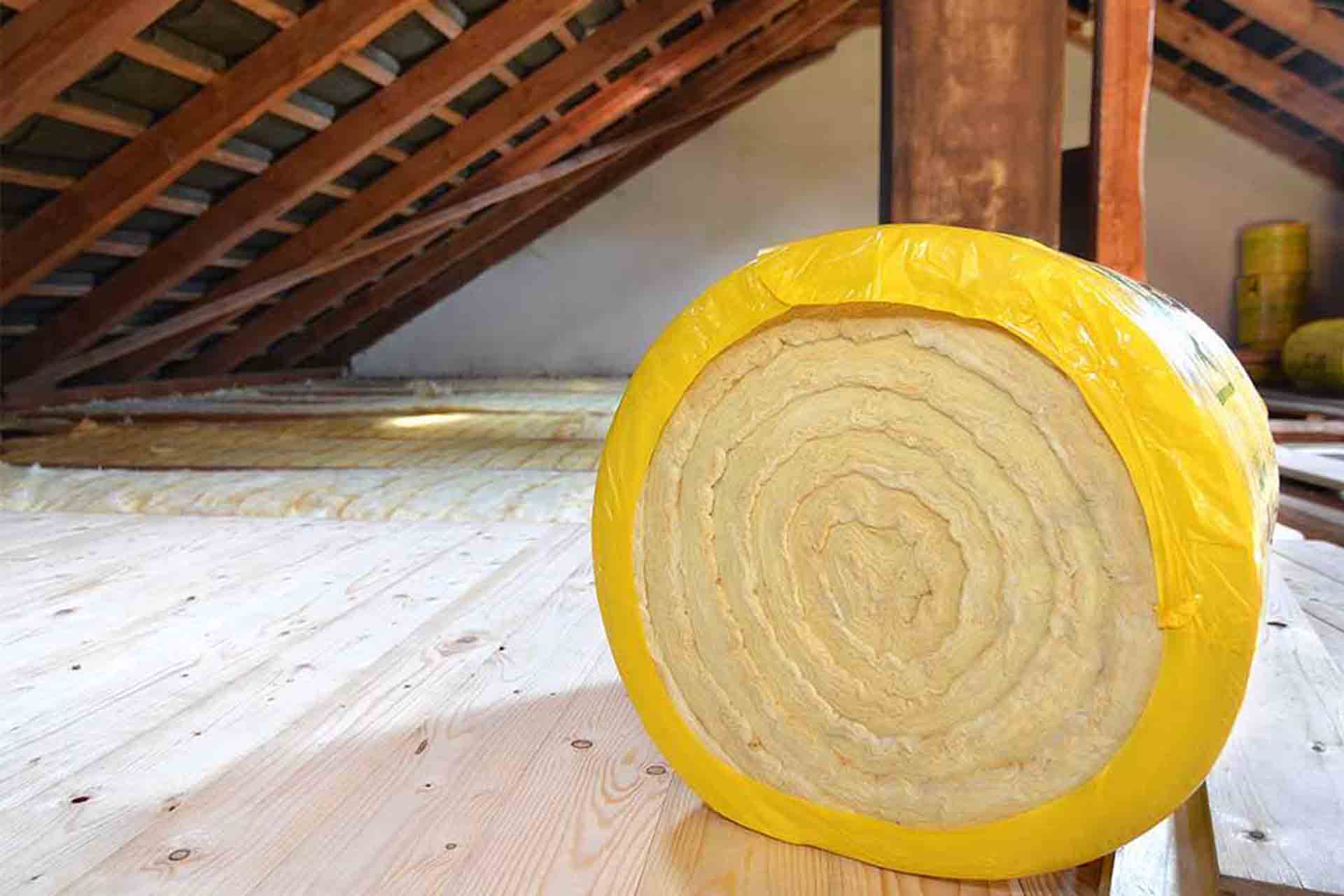
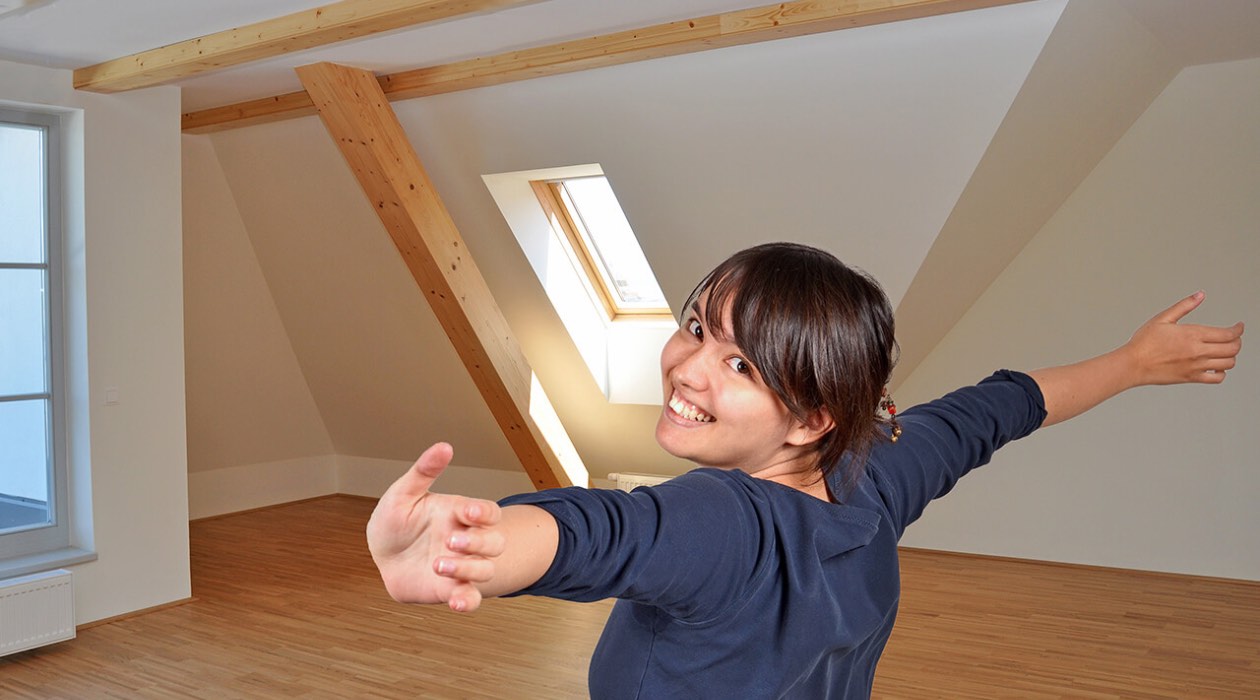
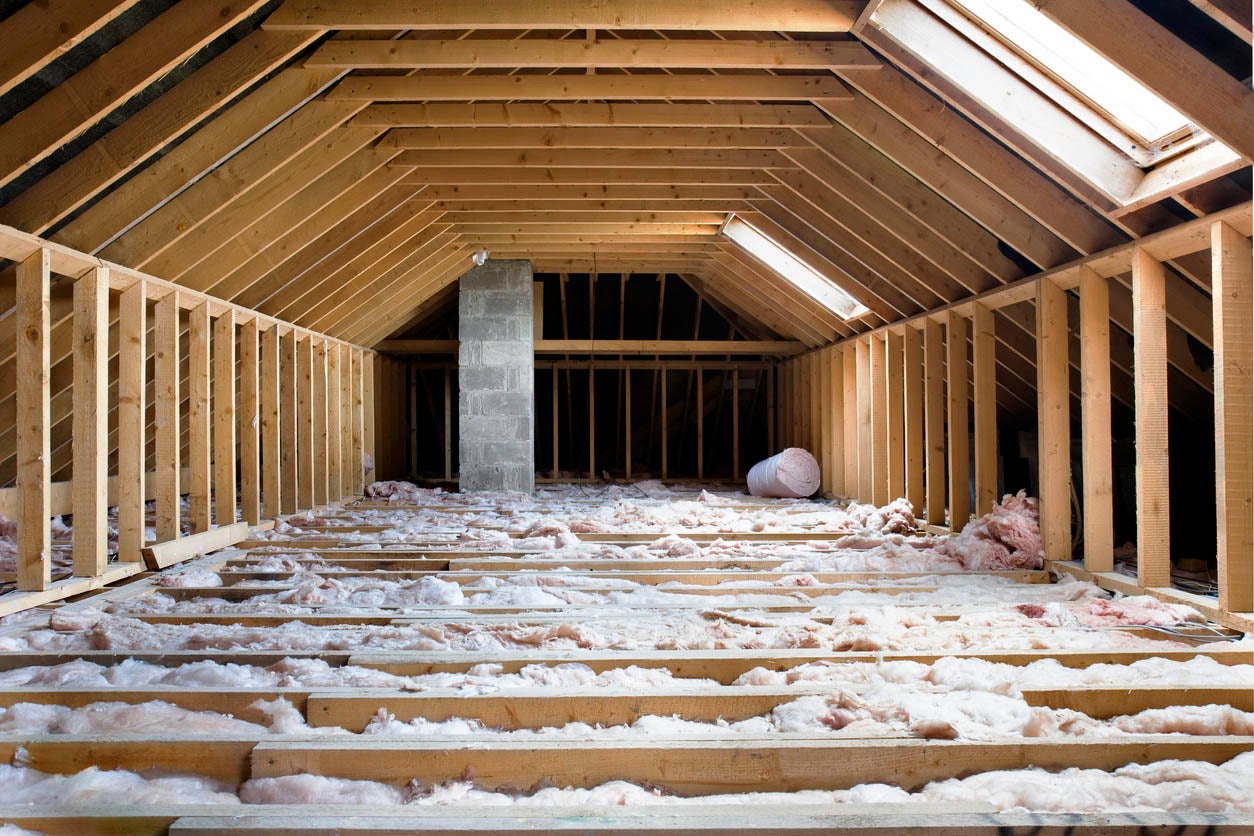
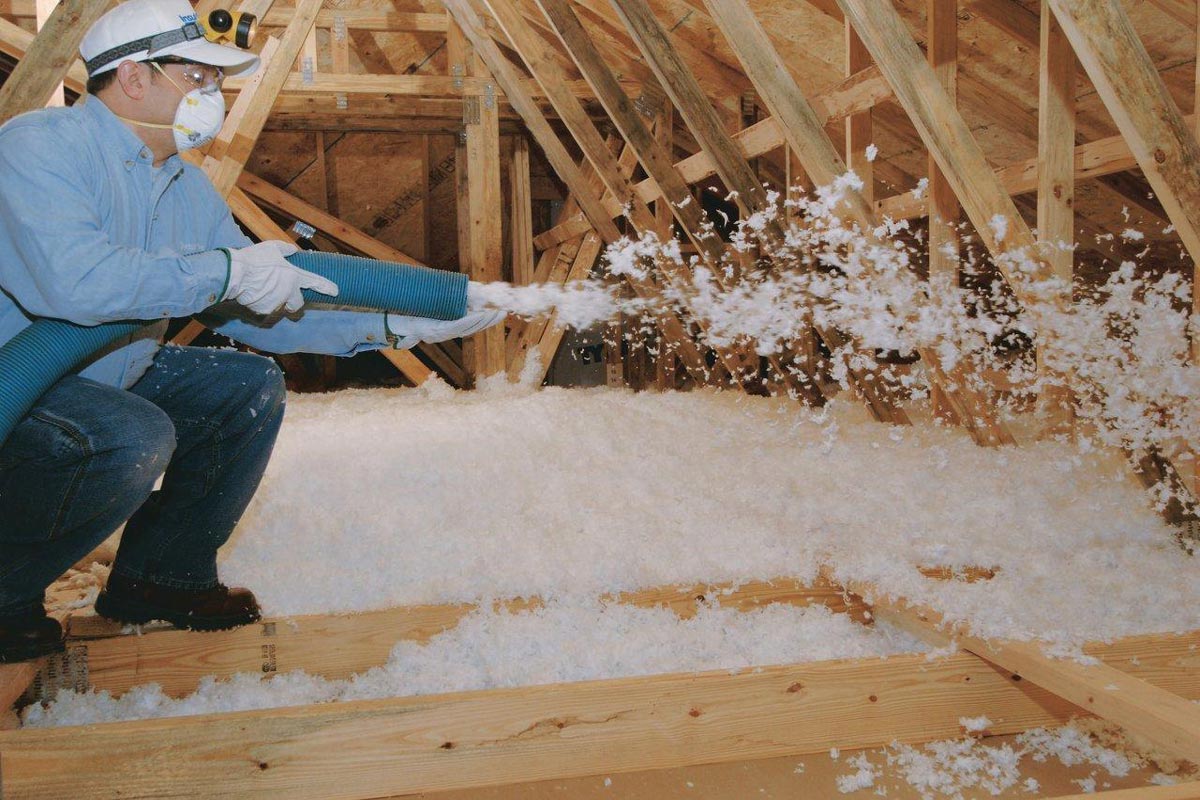
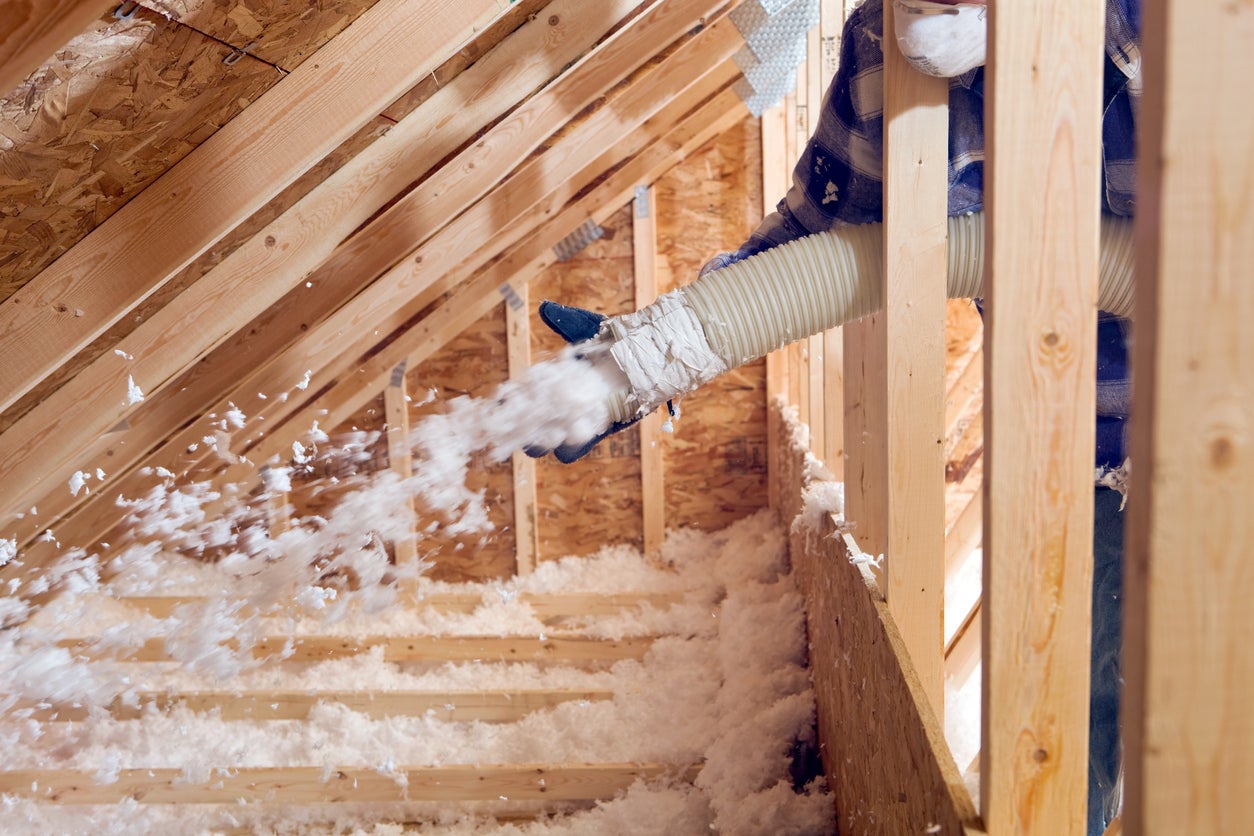
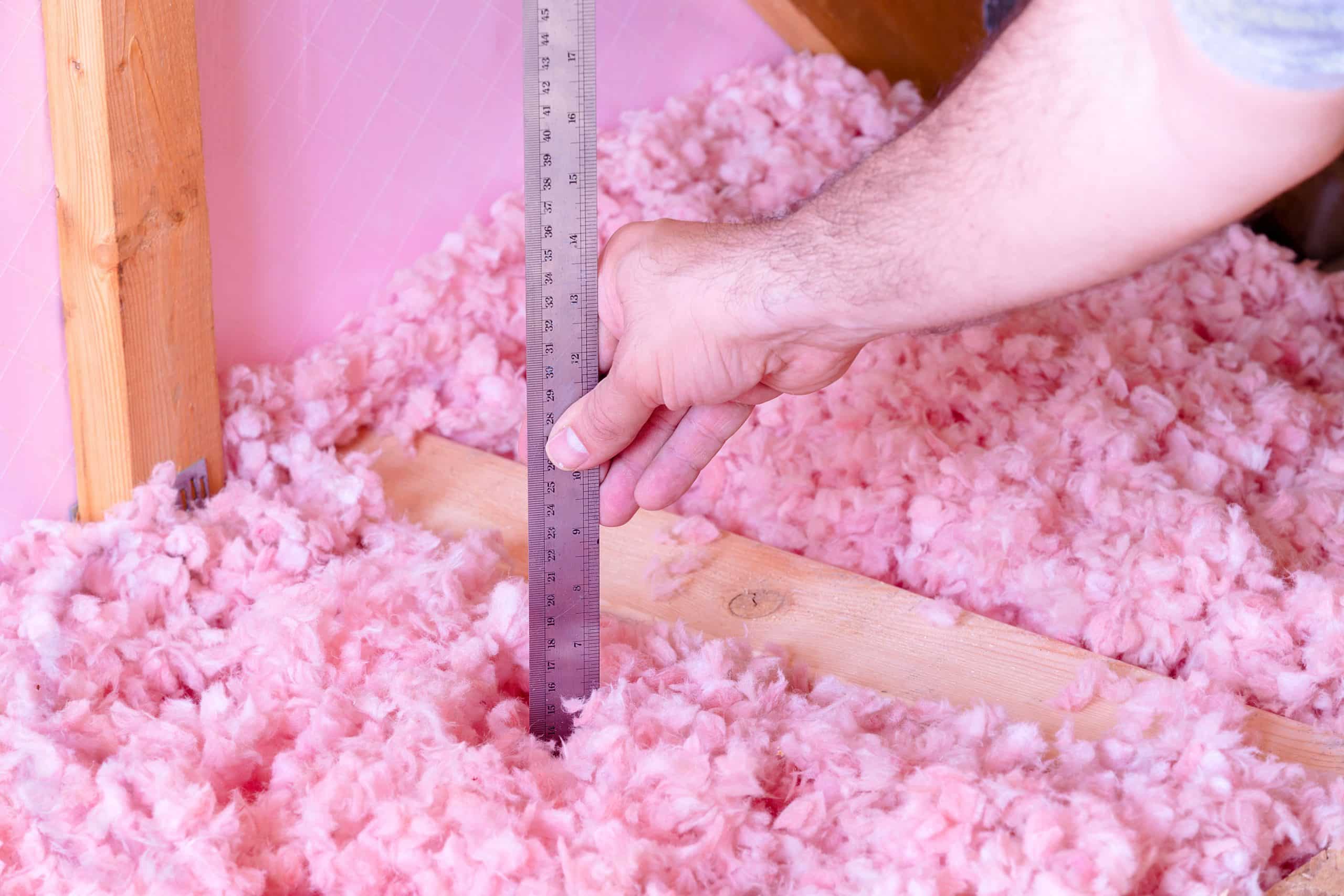
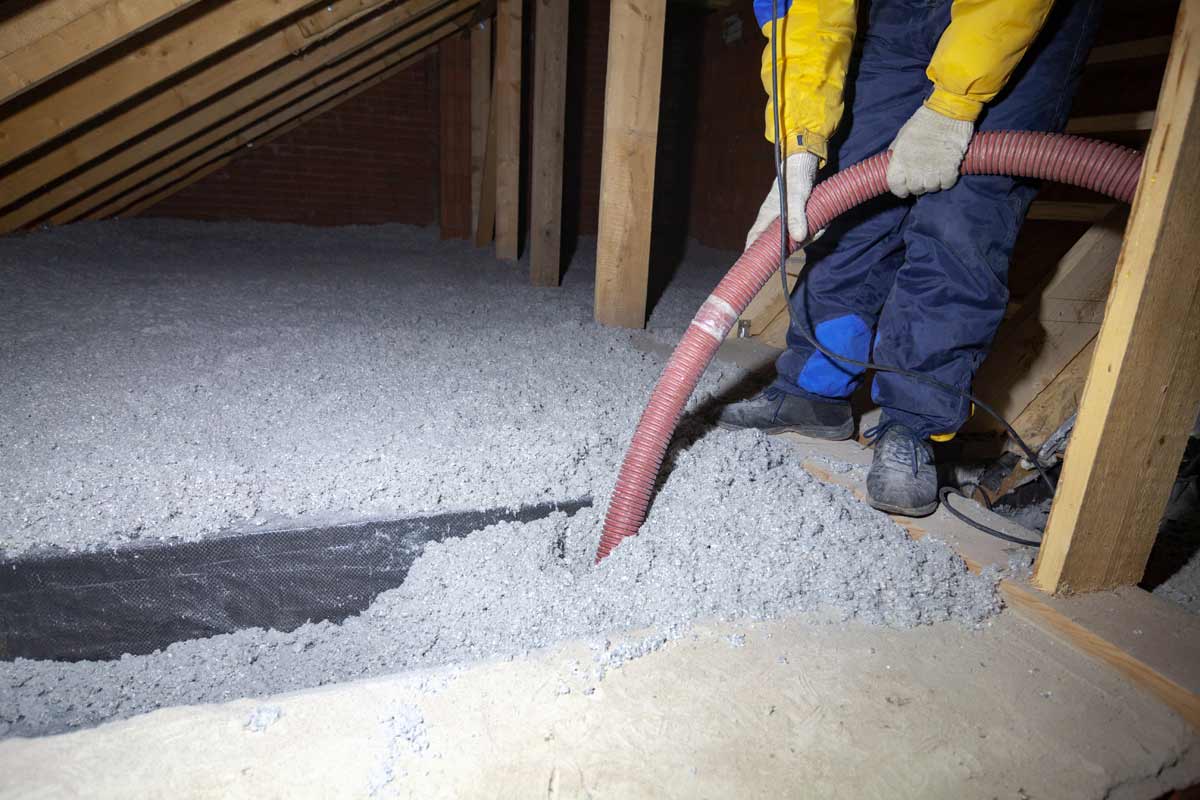
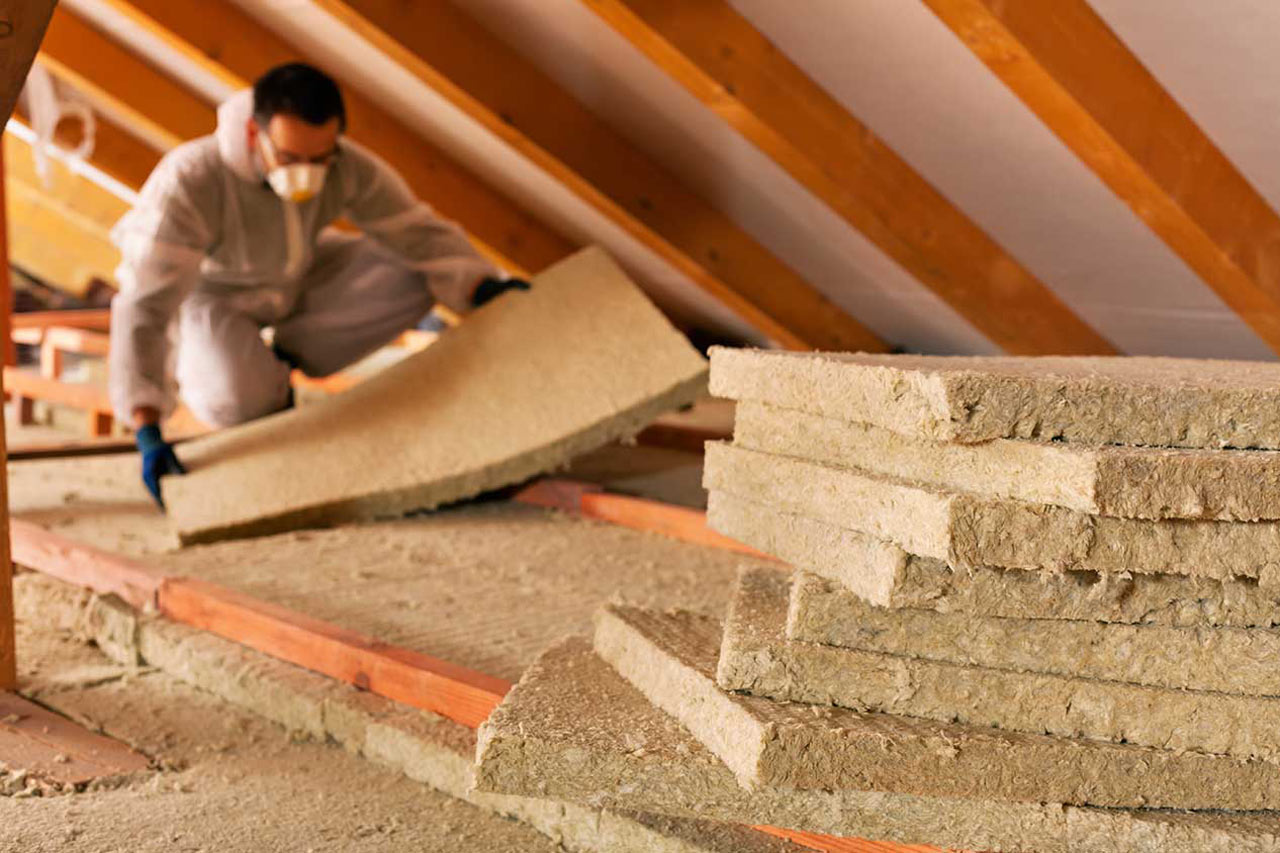
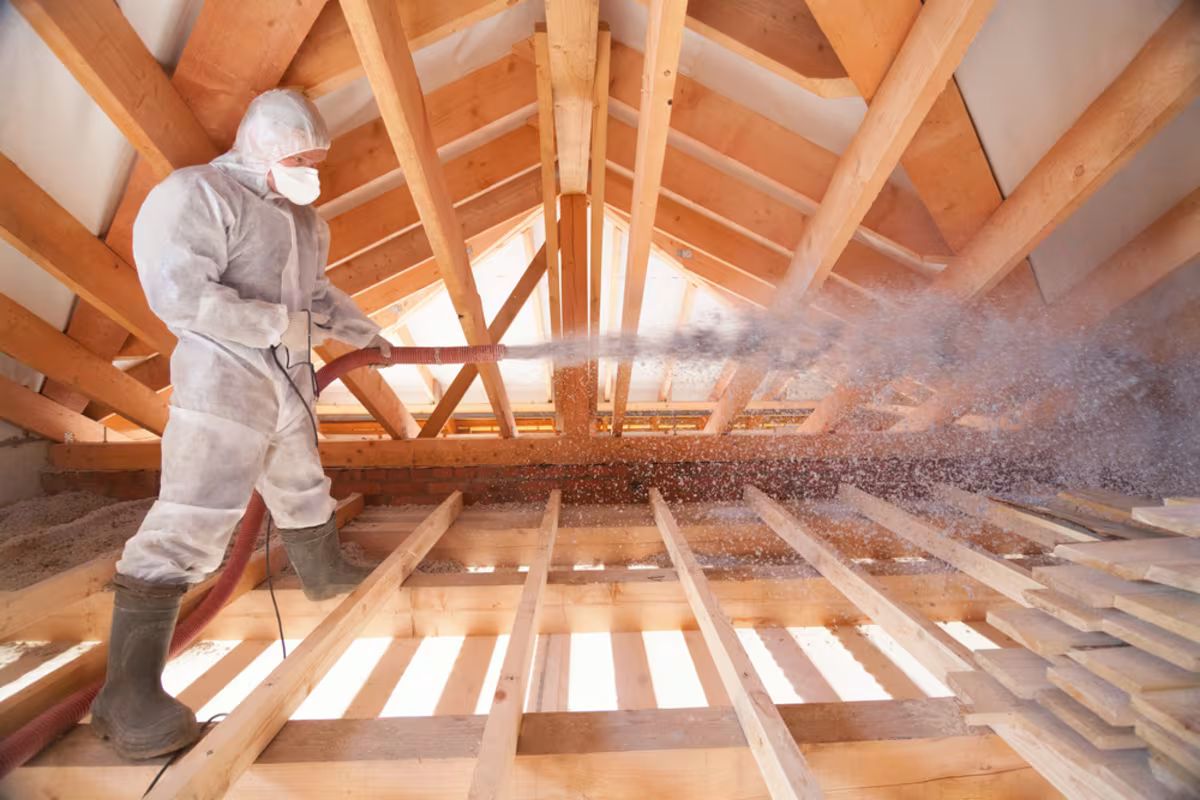

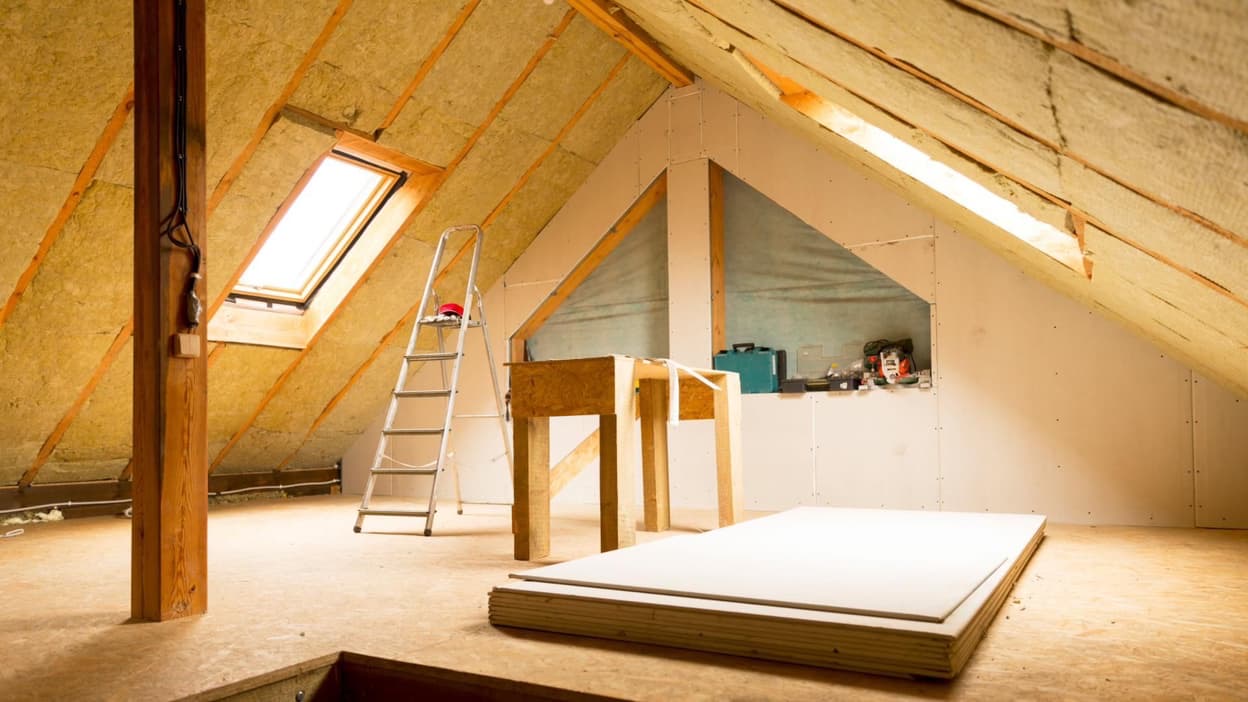
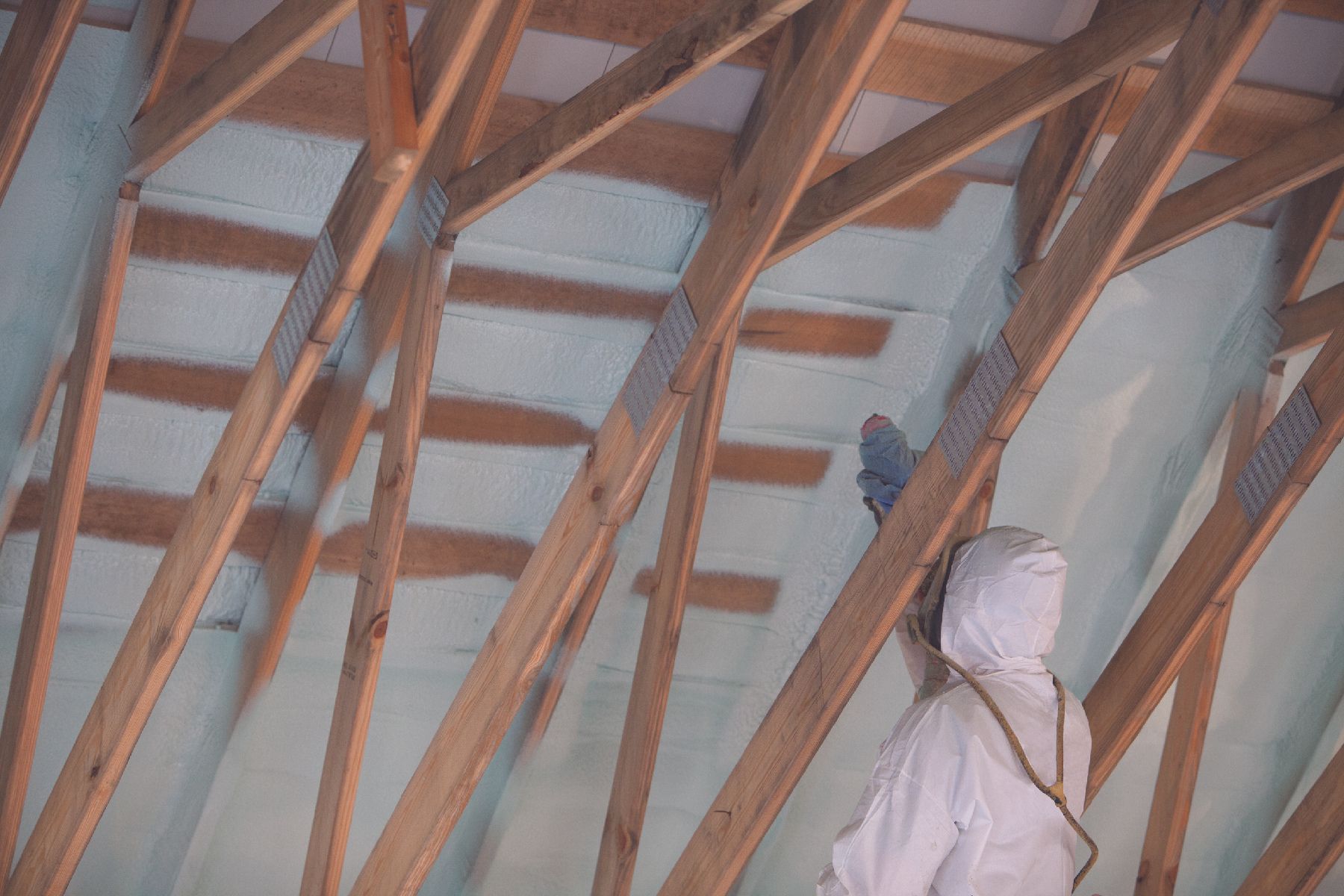

0 thoughts on “How Much Blown-In Insulation Does An Attic Need”